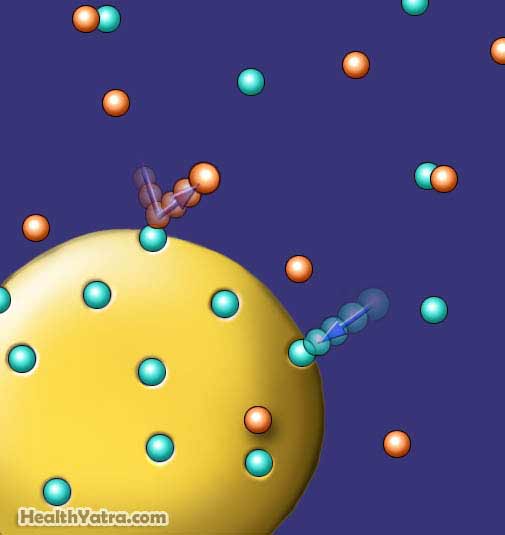परिभाषा
Premenstrual dysphoric disorder (PMDD) occurs just prior to menstruation and is characterized by significant:
- अवसाद
- चिड़चिड़ापन
- Tension
PMDD is much more severe and less common than PMS.
का कारण बनता है
The exact cause is not known.
जोखिम कारक
Factors that may increase the risk of PMDD include:
- Having hormonal changes
- Having a family history of PMDD
- Experiencing a lot of stress or a traumatic life event
- Having depression or another mental health condition

लक्षण
लक्षणों में शामिल हैं:
- Extreme sadness
- Frequent crying
- चिड़चिड़ापन
- चिंता
- Unusually strong cravings for certain foods
- Difficulty concentrating or paying attention
- अनिद्रा
- Panic attacks
- मिजाज
- Fatigue or lack of energy
- Physical symptoms (eg, sore breasts, headaches, joint or muscle pain, swelling, bloating)
Symptoms typically begin 10-14 days prior to the start of menstruation.
निदान
Your doctor will diagnose PMDD based on your symptoms. You may be asked to keep a record of when your symptoms occur and how severe they are.
Your doctor may also order:
- रक्त परीक्षण
- Tests to check hormone levels
उपचार
Talk with your doctor about the best treatment plan for you. Treatment options include:
जीवन शैली में परिवर्तन
These steps can help manage symptoms of PMDD:
- Exercise throughout the week.
- बहुत आराम मिलता है।
- Eat a balanced diet with plenty of fruits, vegetables, and whole grains.
- Avoid alcohol, tobacco, and caffeine.
- Learn stress management techniques.
- Improve your sleep habits.
दवाएं
आपका डॉक्टर सुझा सकता है:
- Antidepressants (selective serotonin reuptake inhibitors [SSRIs])
- Oral contraceptives
- Nutritional supplements
रोकथाम
To reduce your chance of PMDD, take these steps:
- Get plenty of exercise and rest.
- Eat a well-balanced diet.
- Manage stress.
